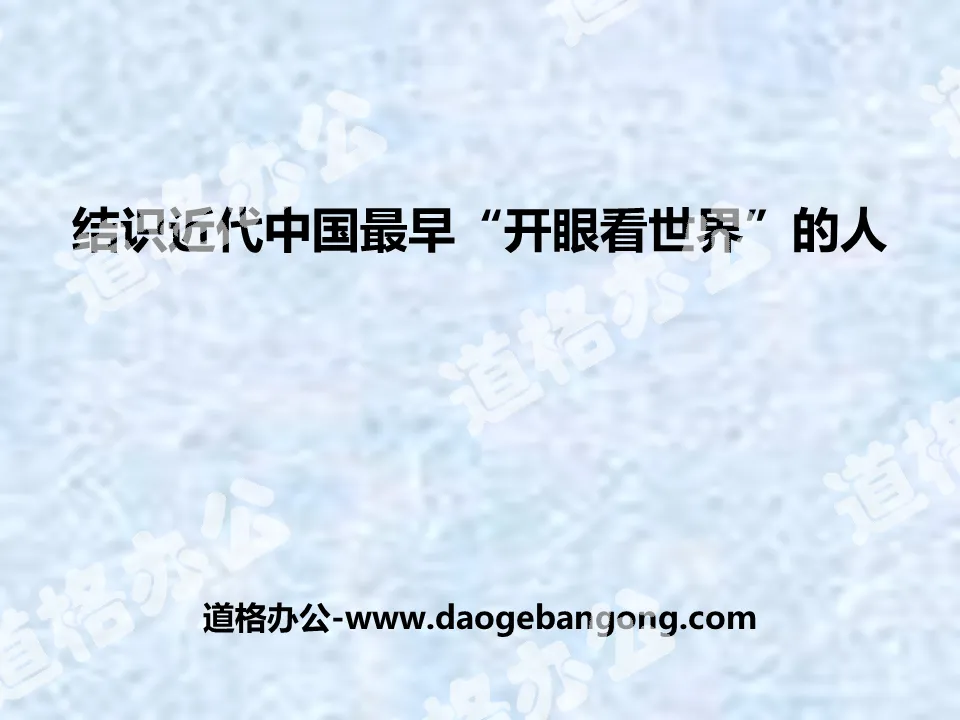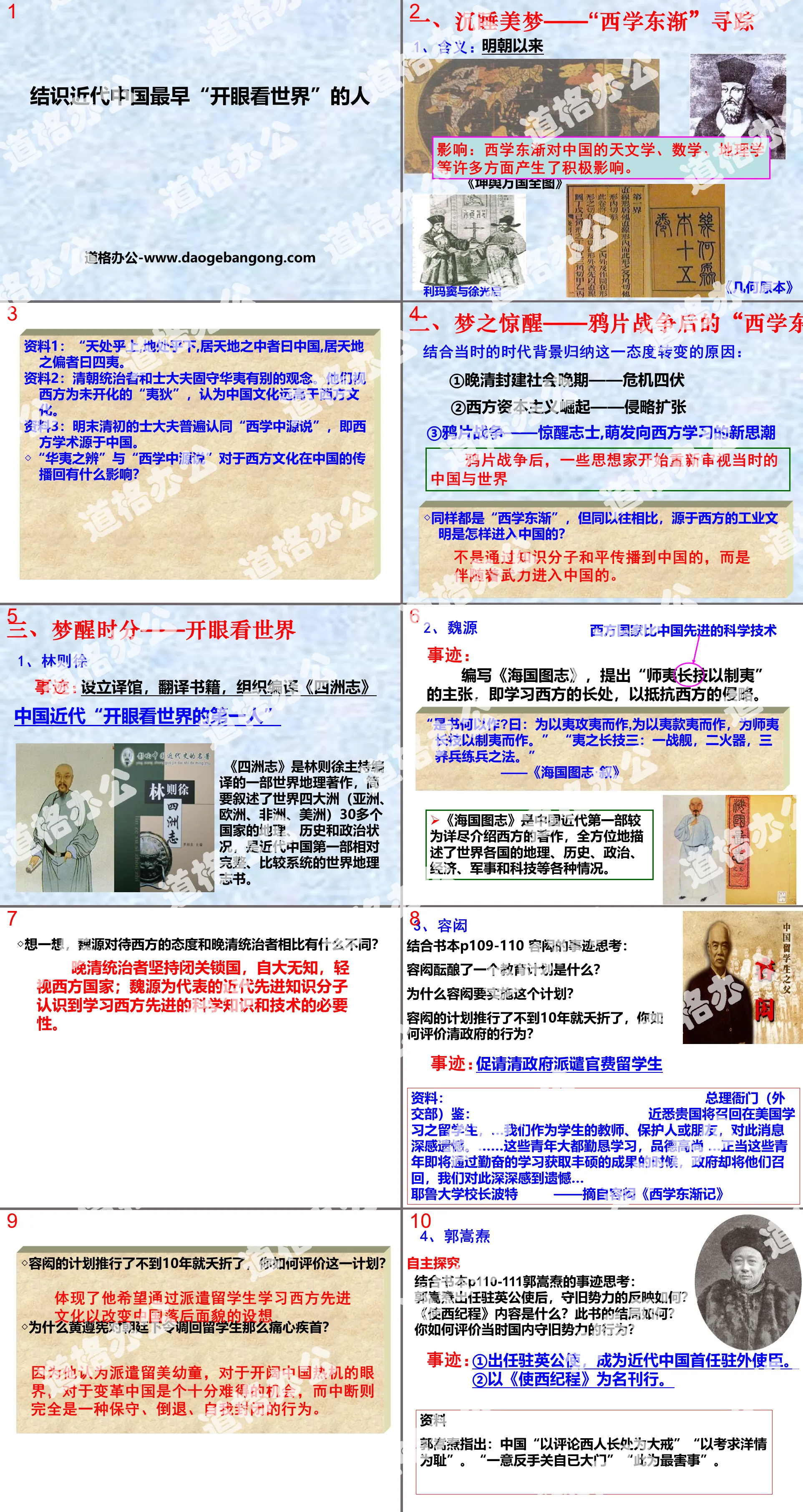The second volume of history for eighth grade compiled by the People's Education Publishing House
Zhonghua Book Company Edition Eighth Grade History Volume 2
People's Education Press Seventh Grade History Volume 1
People's Education Edition Eighth Grade History Volume 1
Zhonghua Book Company Edition Seventh Grade History Volume 2
Volume 1 of the seventh grade history compiled by the People's Education Publishing House
Yuelu Edition Seventh Grade History Volume 2
People's Education Edition History and Society 9th Grade Part II
People's Education Press Seventh Grade History Volume 2
People's Education Press History and Society Grade 7
East China Normal University Edition Seventh Grade History Volume 1
People's Education Edition Eighth Grade History Volume 2
People's Education Press Ninth Grade History Volume 2
People's Education Press History and Society Grade 9
People's Education Press History and Society for Grade 8 Volume 1
Yuelu Edition Seventh Grade History Volume 1

| Category | Format | Size |
|---|---|---|
| People's Education Press History and Society for Grade 8 | pptx | 6 MB |
Description
"Meeting the earliest people in modern China who "opened their eyes to see the world"" Modern China in the tide of industrial civilization in the mid-to-late 19th century PPT
Part One: Sleeping in Sweet Dreams—The Trace of “The Spread of Western Learning to the East”
1. Meaning: since the Ming Dynasty
Influence: The spread of Western learning to the East had a positive impact on many aspects such as astronomy, mathematics, and geography in China.
Information 1: "Heaven is above, and earth is below. Those who live in the middle of heaven and earth are called China, and those who live on the side of heaven and earth are called Siyi.
Information 2: The rulers and scholar-bureaucrats of the Qing Dynasty adhered to the concept of distinction between Hua and Yi. They regard the West as uncivilized "barbarians" and believe that Chinese culture is far superior to Western culture.
Information 3: Scholar-officials in the late Ming and early Qing Dynasties generally agreed with the "origin theory of Western learning", that is, Western scholarship originated from China.
What influence do the "Huayi distinction" and the "origin theory of Western learning" have on the spread of Western culture in China?
Get to know the earliest people in modern China who opened their eyes to the world. PPT. The second part: Awakening from the dream - the "spread of Western learning to the east" after the Opium War.
The reasons for this change in attitude can be summarized based on the background of the times:
①The late feudal society of the late Qing Dynasty—crisis-ridden
②The rise of Western capitalism—aggression and expansion
③The Opium War - awakened the people with lofty ideals and gave birth to a new trend of thinking about learning from the West
After the Opium War, some thinkers began to re-examine China and the world at that time
The same is true of "Western learning spreading eastward", but compared with the past, how did the industrial civilization originating from the West enter China?
It did not spread to China peacefully through intellectuals, but entered China with force.
Get to know the earliest people in modern China who opened their eyes to see the world PPT, the third part of the content: When you wake up from the dream - open your eyes to see the world
1. Lin Zexu
Deeds: Established a translation library, translated books, and organized the compilation of "Four Continents"
"The first person to open his eyes to the world" in modern China
"Four Continents" is a world geography work edited and compiled by Lin Zexu. It briefly describes the geography, history and political conditions of more than 30 countries in the four continents (Asia, Europe, Africa, and America). It is the first relative work in modern China. A complete and relatively systematic world geography book.
2. Wei Yuan
Deeds: Compiling "Hai Guo Tu Zhi", he put forward the idea of "learning from the foreigners to develop skills to control the foreigners", that is, learning the strengths of the West to resist Western aggression.
Think about it, how is Wei Yuan’s attitude towards the West different from that of the late Qing rulers?
The rulers of the late Qing Dynasty persisted in seclusion, were arrogant and ignorant, and despised Western countries; modern advanced intellectuals represented by Wei Yuan recognized the necessity of learning advanced Western scientific knowledge and technology.
3. Rong Hong
Thinking about Rong Hong’s deeds based on pages 109-110 of the book:
What is the educational plan Rong Hong has hatched?
Why did Rong Hong implement this plan?
Rong Hong's plan failed after less than 10 years of implementation. How do you evaluate the behavior of the Qing government?
Deeds: Urge the Qing government to send overseas students with official scholarships
Keywords: PPT courseware for the second volume of the eighth grade of the People's Education Press on history and society can be downloaded for free, getting to know the earliest people in modern China who opened their eyes to see the world PPT download, modern China in the tide of industrial civilization in the mid-to-late 19th century PPT download, .PPT format;
For more information about the PPT courseware "Modern China in the Tide of Industrial Civilization in the Mid-to-late 19th Century: Get to know the earliest people in modern China who opened their eyes to see the world", please click on the PPT courseware "Modern China in the Tide of Industrial Civilization in the Mid-to-late 19th Century" to get to know the earliest people in modern China who opened their eyes to the world. People ppt label.
File Info
Update Time: 2024-11-09
This template belongs to History courseware People's Education Press History and Society for Grade 8 industry PPT template
"Meeting the earliest people in modern China who "opened their eyes to see the world"" Modern China in the tide of industrial civilization in the mid-to-late 19th century PPT Simple campus recruitment activity planning plan summary enterprise and institution recruitment publicity lecture PPT template is a general PPT template for business post competition provided by the manuscript PPT, simple campus recruitment activity planning plan summary enterprise and institution recruitment promotion Lecture PPT template, you can edit and modify the text and pictures in the source file by downloading the source file. If you want more exquisite business PPT templates, you can come to grid resource. Doug resource PPT, massive PPT template slide material download, we only make high-quality PPT templates!
Tips: If you open the template and feel that it is not suitable for all your needs, you can search for related content "Meeting the earliest people in modern China who "opened their eyes to see the world"" Modern China in the tide of industrial civilization in the mid-to-late 19th century PPT is enough.
How to use the Windows system template
Directly decompress the file and use it with office or wps
How to use the Mac system template
Directly decompress the file and use it Office or wps can be used
Related reading
For more detailed PPT-related tutorials and font tutorials, you can view: Click to see
How to create a high-quality technological sense PPT? 4 ways to share the bottom of the box
Notice
Do not download in WeChat, Zhihu, QQ, built-in browsers, please use mobile browsers to download! If you are a mobile phone user, please download it on your computer!
1. The manuscript PPT is only for study and reference, please delete it 24 hours after downloading.
2. If the resource involves your legitimate rights and interests, delete it immediately.
3. Contact information: service@daogebangong.com
"Meeting the earliest people in modern China who "opened their eyes to see the world"" Modern China in the tide of industrial civilization in the mid-to-late 19th century PPT, due to usage restrictions, it is only for personal study and reference use. For commercial use, please go to the relevant official website for authorization.
(Personal non-commercial use refers to the use of this font to complete the display of personal works, including but not limited to the design of personal papers, resumes, etc.)
Preview










